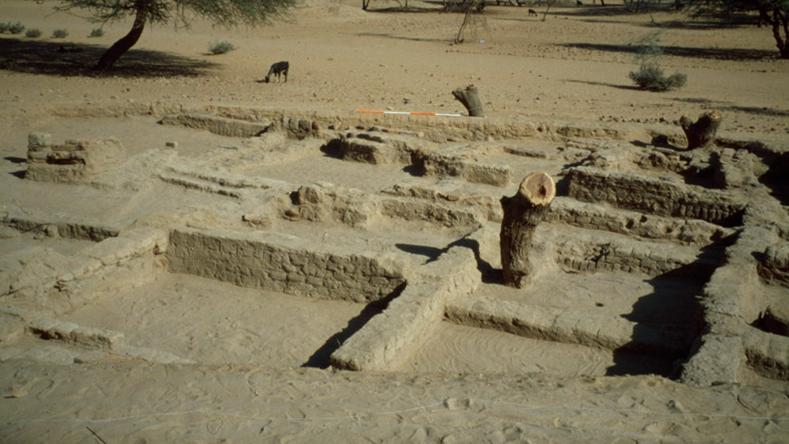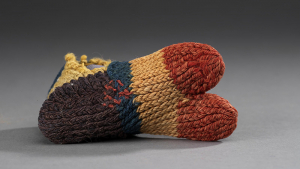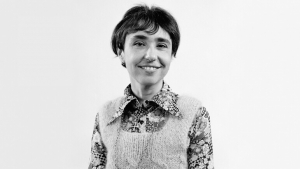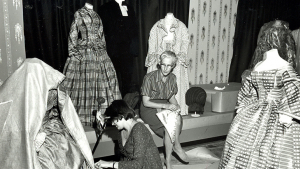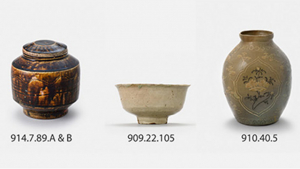In recent years the team’s activities concentrated on the study of the Amun Temple, the second largest Kushite temple in Nubia
In 1999, a joint ROM-University of Khartoum expedition to Meroe was formed to explore and protect the ruins of the ancient capital of the Sudan. The first full excavation season directed by Krzysztof Grzymski and Ali Osman was conducted in 2000/2001. Among the main achievements was the clearance, detailed study and partial reconstruction of the main courtyard of the Amun Temple as well as the discovery of a domestic complex known as the mound M712.
A geophysical survey was carried out in 2002 and revealed the outlines of several buildings invisible on the surface. Between 2004 and 2007 a large part of the royal palace M 750 has been excavated. Its foundations were constructed of re-used sandstone blocks, many of them decorated with beautiful reliefs. Below the foundations of the palace we found a mud brick wall dating to the 9th century BC, part of the oldest building ever found at Meroe.
Research at Meroe has been funded in part by grants from the ROM Governors, National Geographic Society and private donors.

